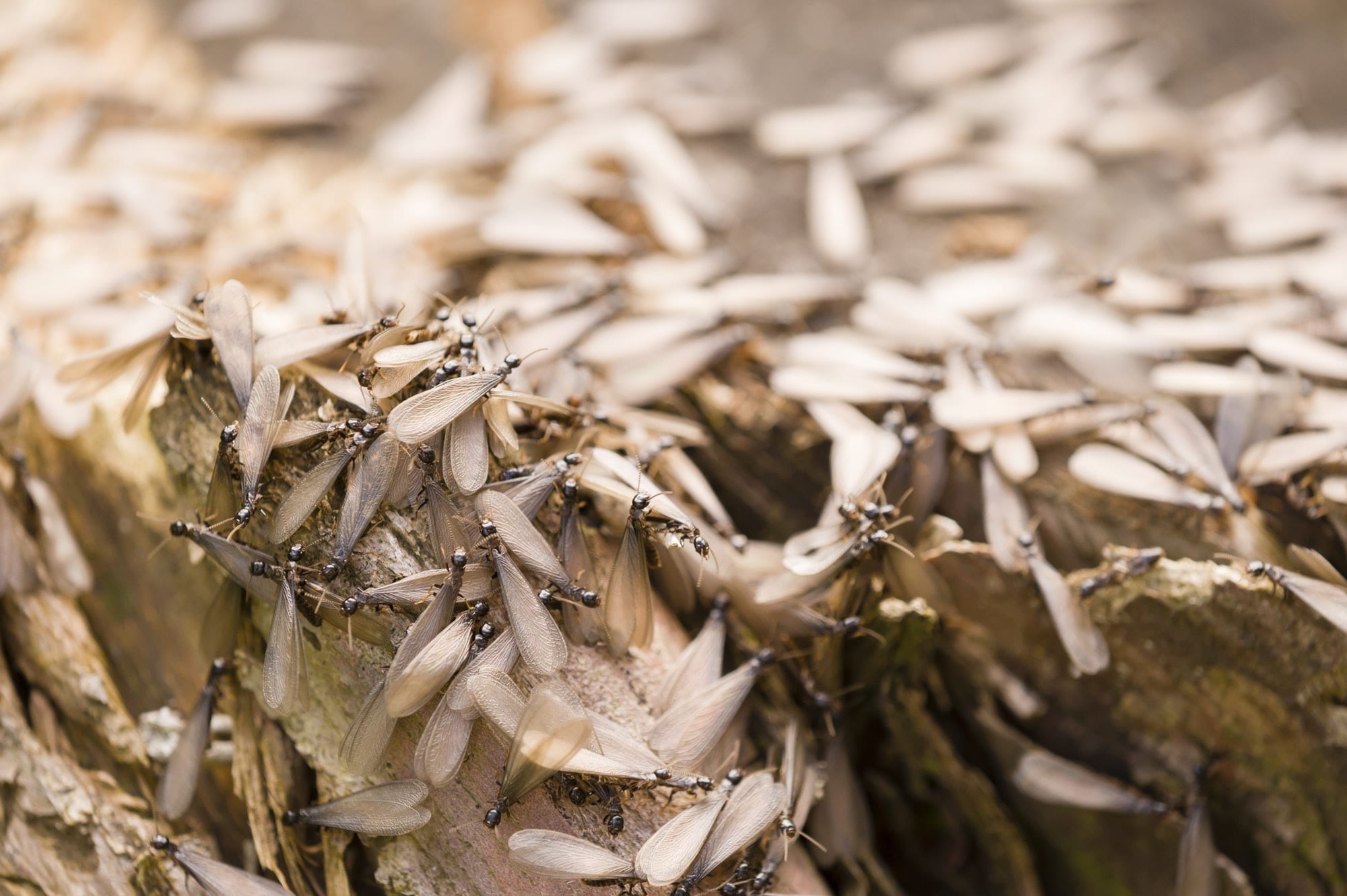Thousands of termite species have been documented worldwide, and all these species can be divided into three groups known as subterranean, drywood and dampwood termites. Due to their preference for excessively moist untreated wood sources, dampwood termites are not nearly as damaging to woodwork as subterranean and drywood termite pests. While multiple dampwood termite species are known pests of structural wood in the western US, these termites only seem to inflict costly damage to finished wood sources that have become compromised by decay and moisture from plumbing and rainwater leaks. However, dampwood termites inflict a disproportionate amount of damage to timber-framed structures along the Florida and California coastlines and in the northwest US due to the relatively cool, wet and rainy conditions in these regions.
Many species of both subterranean and drywood termites are destructive pests of timber-framed homes in all areas of southern California. The most abundant and destructive subterranean termite species in Ventura County is commonly known as the western subterranean termite (Reticulitermes hesperus), and studies show that this species is responsible for the vast majority of subterranean termite infestations in coastal counties in southern California. Another subterranean termite species known as the arid-land subterranean termite (R. tibialis), has been found on occasion in Los Angeles, but they are not abundant in Ventura County. Several drywood termite species infest homes throughout the year in southern California, but the western drywood termite (Incisitermes minor) is the only economically significant species in Ventura County.
All termite species produce reproductive swarmers (alates), which take flight from existing colonies in order to establish new colonies. Every year during the rainy season in southern California, which occurs from November until early spring, western subterranean alates take flight in Ventura County on sunny days shortly after rainfall. In some cases, lawn sprinkles trigger the emergence of western subterranean termite alates, and the emergence of indoor swarms, or the presence of dead alates on window sills and doorways, indicates that an infestation has been active within a home for multiple years. Western subterranean termite alates are brownish-black with grey or brown colored wings, and their bodies measure 5 mm in length. Western drywood termite swarms emerge during sunny and warm days during the fall, alates are around 10 mm in length, and are brownish-black in color. They appear similar to subterranean termite alates, except western drywood alates are larger and a possess reddish-brown head. Dampwood termite swarms are frequently noticed by Ventura County residents, but these harmless alates can be recognized for their unusually large size and commonality in beach communities.
Have you ever witnessed termite swarms near your home?


